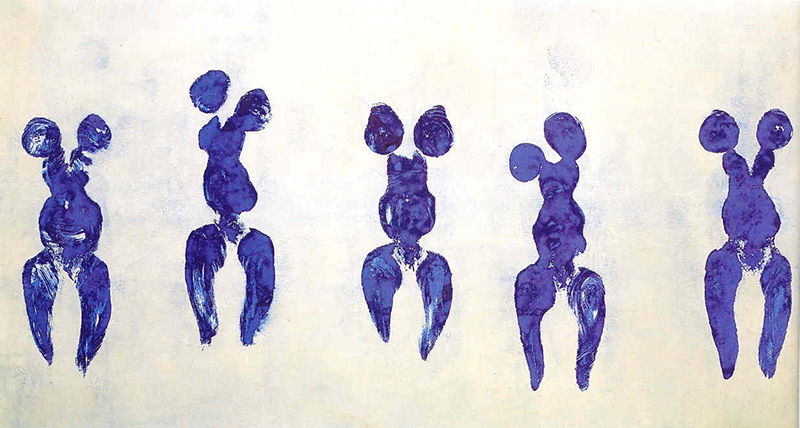ART-PREVIEW:Nude From Modigliani to Currin
 Nude figures from ancient Greece to present day, are peculiarly common in the art of the Western world. This situation might seem perfectly natural when one considers how frequent the state of undress is in every human life, in art nude reflects a very complex set of formal ideals, philosophical concerns, and cultural traditions.
Nude figures from ancient Greece to present day, are peculiarly common in the art of the Western world. This situation might seem perfectly natural when one considers how frequent the state of undress is in every human life, in art nude reflects a very complex set of formal ideals, philosophical concerns, and cultural traditions.
By Dimitris Lempesis
Photo: Gagosian Gallery Archive
The exhibition “Nude: From Modigliani to Currin” presents depictions of the human body from the eve of Modernism to the present day. The exhibition considers the nude as an infinitely suggestive material and form. With the rise of modernism, exemplified in the exhibition by works including Pablo Picasso’s “Nue endormie” (1932) and Amedeo Modigliani’s “Nue couché aux bras levés” (1916), representations of the human body moved away from the idealized and romantic towards fragmented, erotic distortions that reflected shifting ideas about human psychology and perception. Marcel Duchamp’s iconoclastic “Nude Descending a Staircase” (1912), represented in the exhibition by a color pochoir* print from 1937, offers a refracted view of a body in dynamic motion, relating to the Cubist isolation of body parts into signs and symbols to be assembled and disassembled at will. In René Magritte’s Surrealist tableaux such as “L’embellie” (1942) and “Clairvoyance” (1965), the body is a motif like any other, detached from its traditional associations and transposed into a world of cryptic subconscious; while in Yves Klein’s performative Anthropometries, such as “Monique (ANT 59)” (1960), the naked female body is covered in paint and pressed directly against canvas to produce a direct impression, rather than being a mediated, scopic view. In the second half of the 20thCentury, Pop Art dramatically reconfigured aesthetic approaches to the nude. As exemplified in the work of Andy Warhol, Tom Wesselmann, and Roy Lichtenstein, artists began to glean imagery from glossy magazines and the graphic arts. In David Hockney’s “The Room Tarzana” (1967), dramatic tension is built where graphic blues and greens make up a flat, static image of a bare-bottomed boy lying face-down on a bed in a brightly lit room. With Lucian Freud’s “Night Portrait” (1977–78) and Jenny Saville’s “Trace” (1993-94), the dense tactility of oil paint effects the sensation of flesh, together with its enigmas, troubles, and desires. These corporeal qualities link contemporary painters to the innovations of their Renaissance forebears. While Jeff Koons’s porcelain sculpture “Naked” (1988) depicts a cloyingly precious moment between a young boy and girl, John Currin’s “Nude with Raised Arms” (1998) contains echoes of contorted Mannerist bodies, inflected with a newly sardonic eroticism.
Info: Gagosian Gallery, 980 Madison Avenue, New York, Duration: 20/9-29/10/16, Days & Hours: Tue-Sat 10:00-18:00, www.gagosian.com
*Pochoir is a refined stencil-based technique employed to create prints or to add color to pre-existing prints. It was most popular from the late 19th century through the ‘30s with its center of activity in Paris.
